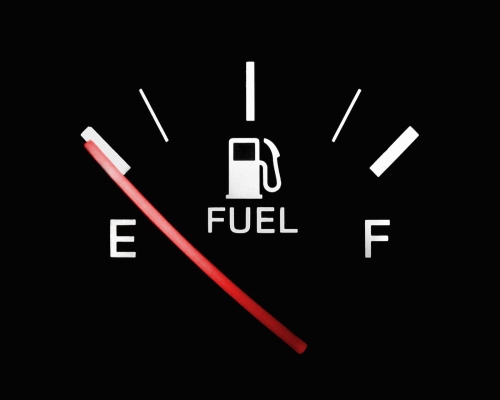On a recent investor call, the CEO calmly said, “We only have two months of runway left.”
The fact that we were on Zoom couldn’t hide the investors’ reactions — a few faces turned decidedly pale. As an angel investor, I’ve faced variations of this scenario, some more consequential than others. Fortunately, it doesn’t happen often.
Just as airplanes need a runway to be of a minimum length to safely take off and land, startups must have sufficient cash to reach product-market fit. I’m using “runway” as a metaphor to describe how much cash a company has at its disposal to operate before it runs out of money.
A plane’s size and weight dictates how long a runway it requires. Likewise, the amount of cash runway a startup needs varies by what it is doing. A life science company that is looking for FDA approvals usually needs more than a SaaS startup.
It’s critical to determine as accurately as possible the runway you’ll require, adding in contingency funds for unexpected challenges. Otherwise, if your company runs low on cash, you risk a “fire sale” price for the business. Or worse, your company could be forced to cease operations.
Here are five ideas to consider and remember when you’re thinking about runway.
Use this simple equation: Divide available cash by monthly expenses, then add offsets such as revenue.
How much runway do you need?
Seed-stage and Series A-stage companies should plan to have at least 12 to 18 months of runway. Put as much cash on hand as possible specifically toward product development or growing revenues so you have more time to ramp up and make significant progress. Being cash-flow positive will benefit your next round of funding or boost your company’s self-reliance.
It’s important to be capital efficient and only use funds to either expand revenue, increase product development or both.
If your company earns one dollar for every dollar spent on growth or product development, it has a capital efficiency ratio of 1:1. Aiming for capital efficiency encourages you to make better business decisions about where to tweak expenses before increasing investments.
A life science company I invested in had contracts with several organizations for specialized chemistry required for product development. Rather than pursue large contracts with each of these organizations, the company gave them smaller contracts, and based on performance, it awarded a larger contract to the firm that delivered the most value.
To calculate how much runway your company requires, you should determine your burn rate: the amount of cash needed to run your business, offset by revenues. Specifically, calculate monthly costs: Think salaries, overhead, capital needs, marketing, R&D costs and other expenses, along with revenues.
Credit: Source link


Comments are closed.